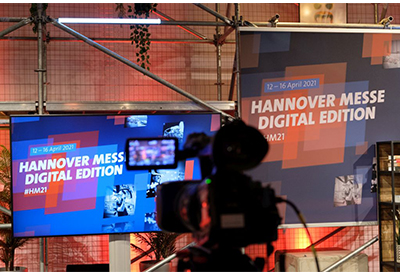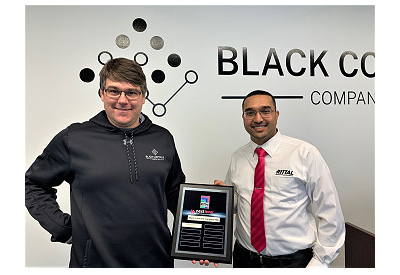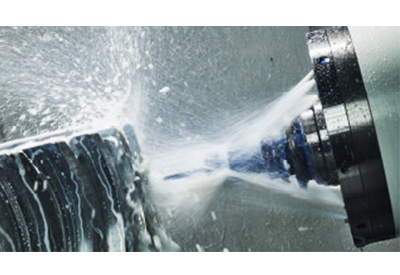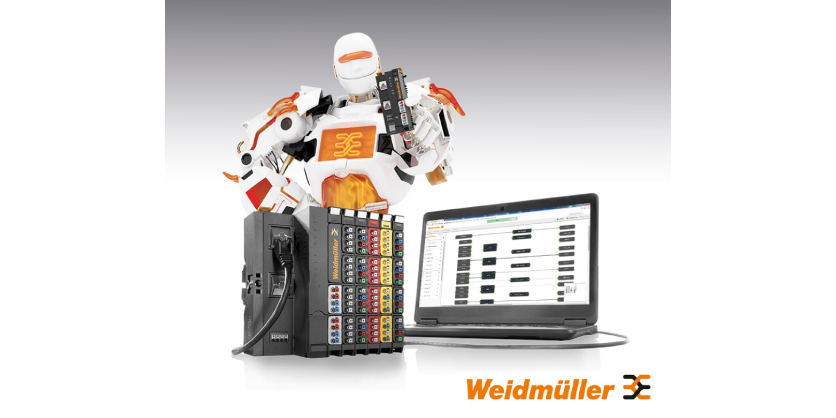Liquid Cooling: The Future of Efficient IT and Industrial Climate Control
March 26, 2025
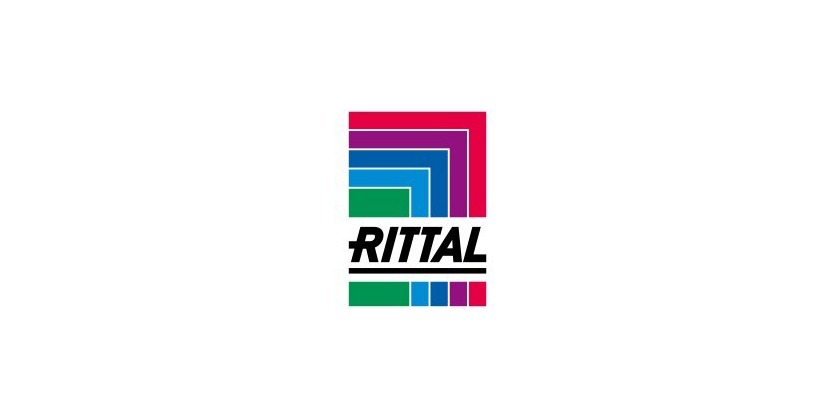
As industries continue to push the boundaries of high-performance computing and automation, the need for efficient cooling solutions has never been greater. Traditional air-cooling methods are struggling to keep up with increasing heat loads and energy demands, driving the shift toward more sustainable and effective solutions—one of the most promising being liquid cooling.
Unlike conventional air-cooling systems, liquid cooling leverages water’s superior thermal conductivity to absorb and dissipate heat more efficiently. This approach is gaining traction across industries, from data centers and IT infrastructure to industrial automation and high-performance electronics.
Why Liquid Cooling is Gaining Momentum
With the rapid digitalization of industrial and IT environments, heat management is becoming a growing challenge. Increased server densities, automation technologies, and edge computing demand more sophisticated cooling strategies to ensure performance, longevity, and sustainability.
Key benefits of liquid cooling over traditional air-cooling systems:
- Greater efficiency – Liquid cooling absorbs heat up to 1,000 times more effectively than air, enabling precise temperature control.
- Energy savings – Reduced reliance on high-power fans and air conditioning units lowers overall energy consumption.
- Space optimization – Eliminates the need for bulky heat sinks and ventilation infrastructure, allowing for more compact designs.
- Improved hardware lifespan – Lower operating temperatures reduce wear and tear on sensitive IT and industrial components.
- Sustainability benefits – Minimizes heat waste and enables integration with energy recovery systems.
How Liquid Cooling Works
Liquid cooling systems operate using a closed-loop approach, circulating coolant through a series of pipes, cold plates, or immersion baths to absorb heat from high-performance components. The heated liquid is then pumped to a heat exchanger, where it releases excess heat before being recirculated.
There are three primary liquid cooling methods used in industrial and IT applications:
1. Direct-to-Chip Cooling
Specialized cold plates are mounted directly onto CPUs, GPUs, or power electronics, extracting heat at the source. This method is commonly used in high-performance computing (HPC) and AI-driven IT systems.
2. Immersion Cooling
IT servers or industrial components are fully submerged in a dielectric liquid, which absorbs and dissipates heat. This technique eliminates the need for traditional fans and air-based heat sinks.
3. Hybrid Cooling Systems
Combining air and liquid cooling, hybrid solutions maximize energy efficiency while ensuring compatibility with existing infrastructure.
Applications of Liquid Cooling in Industry
Liquid cooling is proving to be a game-changer in various sectors, including:
- Data Centers – Supporting next-gen high-density servers and cloud computing environments with better thermal management.
- Industrial Automation – Ensuring stable operations in smart factories with cooling solutions for power electronics and drive systems.
- Energy & Sustainability – Reducing the carbon footprint of industrial facilities by integrating waste heat recovery.
- 5G & Edge Computing – Enhancing efficiency and reliability in decentralized computing networks.
Rittal’s Role in Next-Generation Cooling
As demand for smarter, more efficient climate control solutions continues to grow, Rittal is at the forefront of innovation in industrial and IT cooling. Rittal’s advanced liquid cooling systems are designed to help manufacturers, data centres, and automation facilities optimize energy efficiency, improve hardware longevity, and reduce operational costs.
Whether you’re managing a high-performance IT infrastructure or an industrial automation setup, Rittal’s modular and scalable cooling solutions ensure that your equipment operates at peak performance while maintaining sustainability and cost-efficiency.
Discover how Rittal’s cooling solutions can help your business stay ahead of the curve. Contact them today!
Related Story
New Cooling Solution Uses Water for Single Phase Direct Liquid Cooling: Rittal Develops Megawatt Cooling for AI
Artificial intelligence (AI) promises revolutionary benefits. Is the IT infrastructure ready? Data centre operators are breaking new technological ground with their technology partners. Rittal now presents a new cooling solution that delivers over 1 megawatt of cooling output and paves the way for AI. This is because the demand for computing power is growing so fast that a completely new level of scaling, cooling, power distribution and energy efficiency is required. The global system provider is thus entering a new and expanding field of IT cooling, in terms of both performance class and technology.



